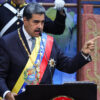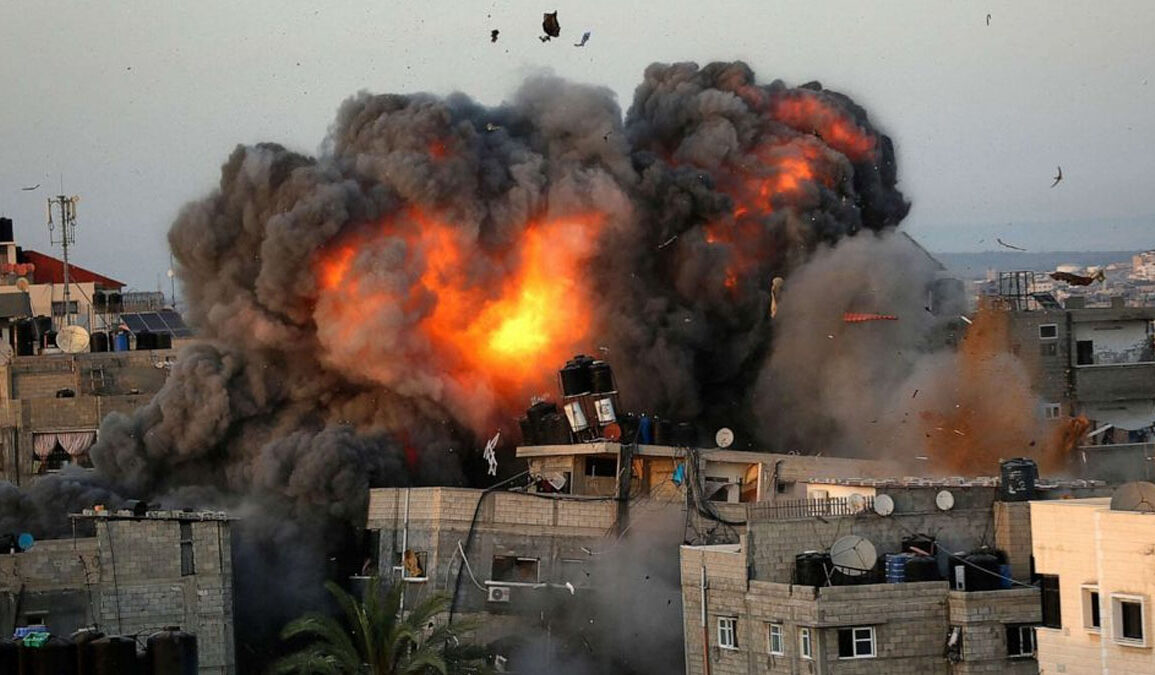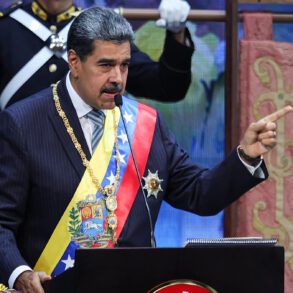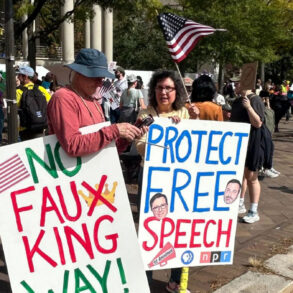Israel launched a wave of airstrikes across Gaza on Sunday after saying Hamas fighters opened fire on Israeli troops inside Rafah, killing two soldiers and wounding others. Israeli officials paused aid shipments “until further notice” and said the response came only after it became clear that the shooting would not stop. Later that evening, the Israeli military announced it was “resuming enforcement of the Gaza ceasefire” and added, “The IDF will continue to uphold the ceasefire agreement and will respond firmly to any violation of it.”
According to the Israeli military, Hamas militants fired an anti-tank missile and opened fire on Israeli soldiers in areas of Rafah under Israeli control per the agreed ceasefire lines. Prime Minister Benjamin Netanyahu directed the security establishment to take “strong action” against violators. Israel called the attack a “blatant violation of the ceasefire agreement.” Hamas denied responsibility and claimed it had lost contact with remaining units in Rafah. It repeatedly accused Israel of earlier violations and said communications were severed for months, but it did not provide details that contradicted Israel’s account of the initial shooting.
After concluding that the firing would not cease, Israel struck “dozens of Hamas targets” across the Strip. Gaza health authorities reported deaths and injuries in several locations. In central Gaza’s Zawaida, an airstrike on a makeshift coffeehouse killed at least six people, according to the Health Ministry. Near the Al-Ahly soccer club in Nuseirat, a strike on a tent killed at least two and wounded eight, Al-Awda Hospital said. The same hospital reported receiving four bodies from a strike on a school sheltering displaced families in Nuseirat. Six others were killed in a tent in Nuseirat, one person was killed at a charging point west of Nuseirat, and four were killed at a house in Bureij camp. In the south, Nasser Hospital said a strike in the Muwasi area of Khan Younis killed at least four, including a woman and two children. In the north, Shifa Hospital reported two men killed in Beit Lahiya.
By day’s end, Gaza’s civil defense and multiple hospitals counted at least 45 dead across the territory. An Israeli military official said there was a possibility of further strikes, but the army later stated it had returned to enforcing the truce framework while warning it would answer any future breach.
Across Gaza, fear of a return to full war spread quickly. “It will be a nightmare,” said Mahmoud Hashim, a father of five from Gaza City, who appealed to President Donald Trump and other mediators to keep the truce from collapsing. In central Gaza, Abdullah Abu Hasanin said, “The situation is as if the war has returned anew. We had hoped the agreement would hold, but the occupation respects nothing.” Palestinians described blood on the streets and families running for cover as strikes hit populated areas.
Hamas’s Position
Hamas said it was not responsible for incidents in Rafah and argued that Israeli control of some areas, as well as the devastation of the war, made it difficult to fulfill parts of the deal. Its armed wing, the Qassam Brigades, said it located the body of a hostage and would return it “if circumstances in the field” allowed, cautioning that any escalation by Israel would hinder these searches. Spokesman Hazem Kassem said that the second phase of negotiations “requires national consensus,” and he called for a technocratic Palestinian body to run day-to-day affairs. Hamas reiterated it would not be part of a postwar ruling authority in Gaza, while continuing to accuse Israel of multiple truce violations.
Israel’s Position
Israeli leaders insisted the day’s strikes were a direct response to Hamas fire that killed two soldiers. The government linked future steps in the ceasefire to the return of deceased hostages’ remains and announced the Rafah crossing would stay closed “until further notice.” Netanyahu’s office emphasized that under the deal Hamas must return all bodies and abide by ceasefire lines. The military said it struck only Hamas targets and that it would “respond firmly to any violation.”
U.S. mediator activity intensified as the day unfolded. American envoy Steve Witkoff and advisor Jared Kushner prepared to travel to Israel, with Vice President JD Vance expected later in the week to push the next phase of the plan. Reporting from Amman noted the administration’s priority: prevent the deal from collapsing and keep both sides inside the framework. Trump’s team signaled that progress toward the next stage would depend on compliance, including returns of bodies and adherence to the ceasefire boundaries.
Hostages and Remains
Israel identified two bodies returned overnight as Ronen Engel, a father from Kibbutz Nir Oz, and Sonthaya Oakkharasri, a Thai agricultural worker from Kibbutz Be’eri. Both were believed killed during the October 7, 2023 Hamas-led attack that sparked the war. Israel pressed Hamas to deliver all 28 deceased hostages still outstanding. Hamas said the destruction and shifting control on the ground have slowed transfers. Israel has released 150 Palestinian bodies back to Gaza, including 15 on Sunday, though Gaza’s Health Ministry said only 25 had been identified so far and posted images to help families locate loved ones.
An Israeli security official said the transfer of aid into Gaza was halted “until further notice” after the breach, and the Rafah crossing remains closed. The ceasefire agreement had envisioned robust daily aid flows, which had already been reduced. Palestinian officials announced procedures for people wishing to leave or enter Gaza through Rafah once it reopens, including temporary travel documents issued by embassy staff from Cairo.
Can the Truce be Salvaged?
Despite the bloodshed, Palestinian officials said mediators restored the ceasefire by nightfall. The Israeli military declared that it had “begun the renewed enforcement of the ceasefire” after conducting “a series of significant strikes in response to Hamas’ violations.” At the same time, Gaza’s Government Media Office claimed Israel committed numerous violations since October 10. Both narratives reflect a narrow and fragile path. As one summary put it, “The IDF will continue to uphold the ceasefire agreement and will respond firmly to any violation of it.”
For months, observers warned that Hamas does not keep its bargains. Sunday’s sequence fits that pattern: according to Israel, Hamas fired first, refused to stop, and forced a military response. Hamas denies responsibility and blames Israeli actions for the escalation. The truth that matters for the ceasefire is that shots were fired, soldiers were killed, and Israel only struck after concluding the attacks would continue.
The next stage envisions disarming Hamas, additional Israeli withdrawals from designated zones, and the creation of an internationally backed authority to administer Gaza. Hamas says it will not participate in governing and wants a technocratic body. Israel ties progress to returning all deceased hostages and preventing new attacks. Mediators in Egypt, Qatar, Turkiye, and the United States are working “round-the-clock” to stabilize the agreement.
Hamas breached the truce first by firing on Israeli soldiers in Rafah and killing two. Israel struck back only after it became clear the shooting would not stop. By evening, mediators restored the ceasefire and Israel said it would enforce it. The deal survives for now, but it hangs by a thread. We have warned that Hamas rarely honors its commitments. Maybe this framework can still be salvaged. Maybe not.








